Optimal Timing for Trench Drain Installation
Determining the optimal time for trench drain installations involves considering weather conditions, soil moisture levels, and project scope. Proper timing ensures efficient installation and long-term performance of the drainage system.
Typically, the best periods are during dry weather and moderate temperatures, which facilitate excavation and installation without delays caused by rain or extreme cold. Installing during these times can reduce project duration and minimize site disruptions.
Spring and early fall often provide optimal weather conditions, with moderate temperatures and lower precipitation levels.
Avoid periods of heavy rain or freezing temperatures to prevent soil instability and installation complications.
Dry soil offers better stability for excavation and reduces the risk of trench collapse.
Planning installations during off-peak seasons can help avoid delays and align with contractor availability.
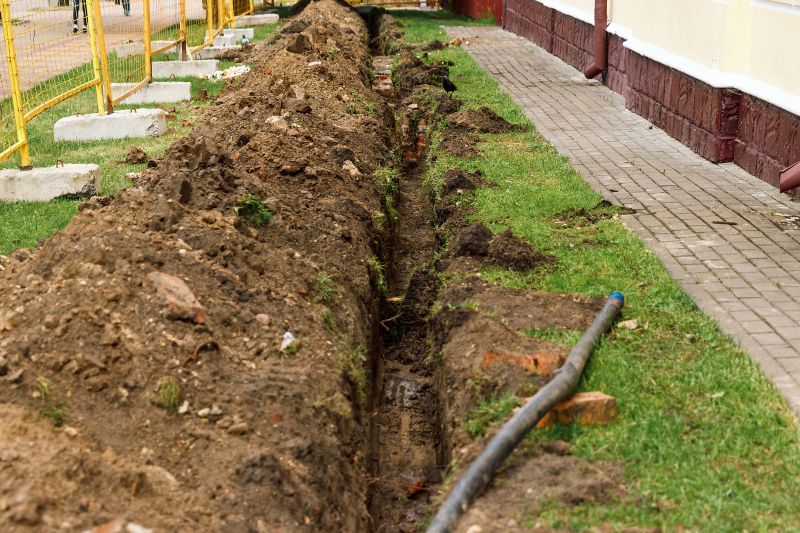
Ways to make Trench Drain Installations work in tight or awkward layouts.
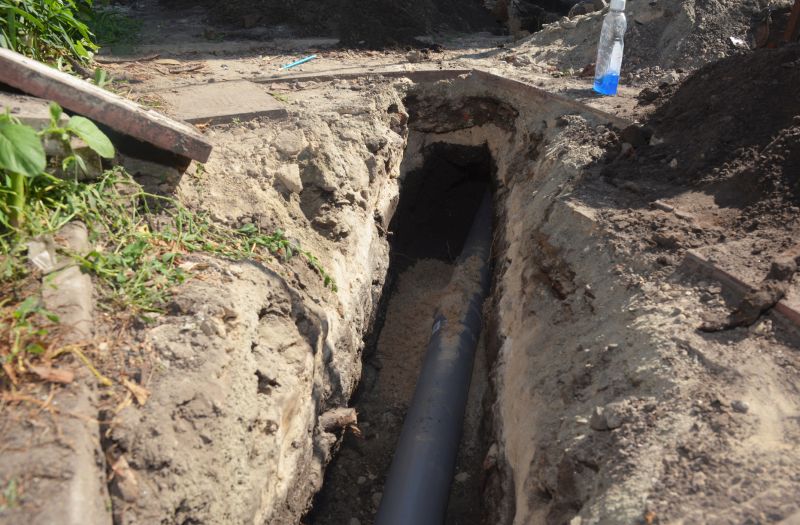
Popular materials for Trench Drain Installations and why they hold up over time.

Simple add-ons that improve Trench Drain Installations without blowing the budget.
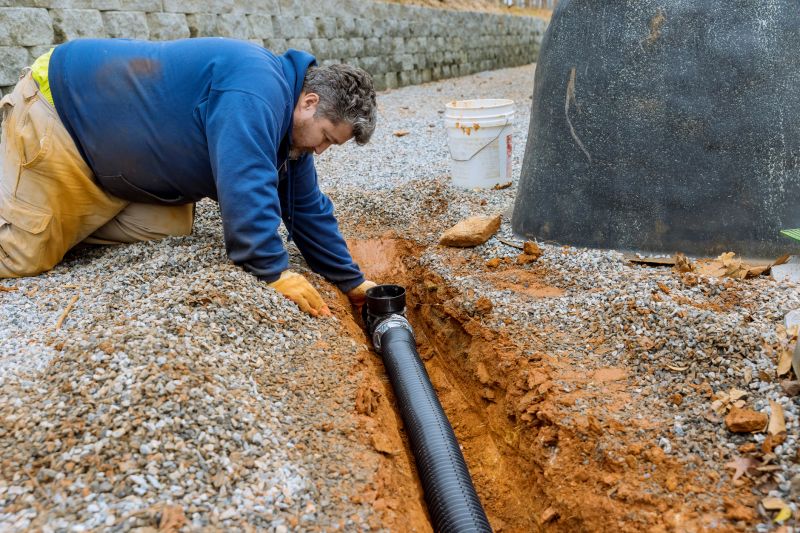
High-end options that actually feel worth it for Trench Drain Installations.

Finishes and colors that play nicely with Trench Drain Installations.
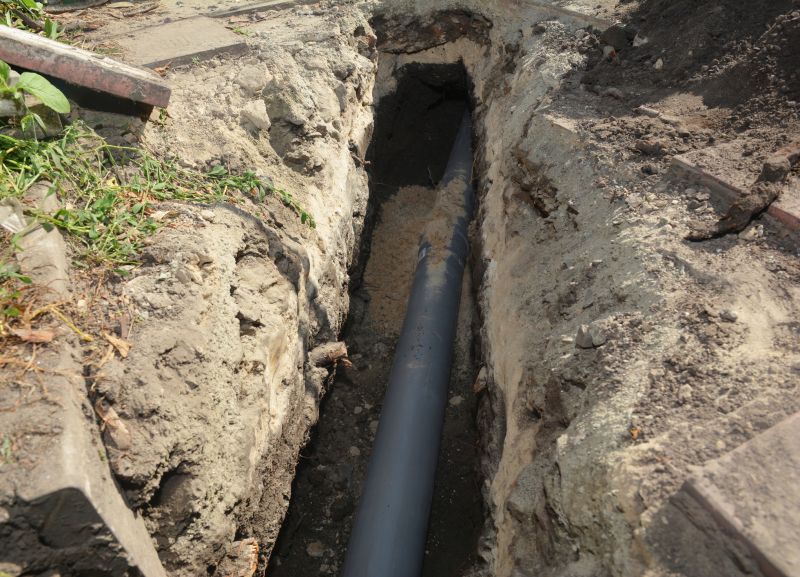
Little measurements that prevent headaches on Trench Drain Installations day.
Trench drain installations involve excavating a trench, laying a drainage system, and covering it with appropriate materials. Proper timing can impact the ease of excavation, the integrity of the installation, and the longevity of the system. Installing during suitable weather conditions reduces soil erosion, prevents trench collapse, and ensures proper setting of bedding materials.

A 60-second routine that keeps Trench Drain Installations looking new.

A frequent mistake in Trench Drain Installations and how to dodge it.

Small tweaks to make Trench Drain Installations safer and easier to use.

Lower-waste or water-saving choices for Trench Drain Installations.
| Factor | Recommended Timing |
|---|---|
| Weather Conditions | Dry and moderate temperatures |
| Soil Moisture | Low soil moisture levels |
| Temperature Range | Between 50°F and 75°F (10°C to 24°C) |
| Seasonal Timing | Spring or early fall |
| Project Scheduling | Off-peak seasons to avoid delays |
| Regional Climate | Regions with predictable dry seasons |
Selecting the appropriate time for trench drain installation can lead to more efficient work, reduced costs, and durable results. Planning ahead and monitoring weather forecasts can help identify the most suitable windows for construction activities.
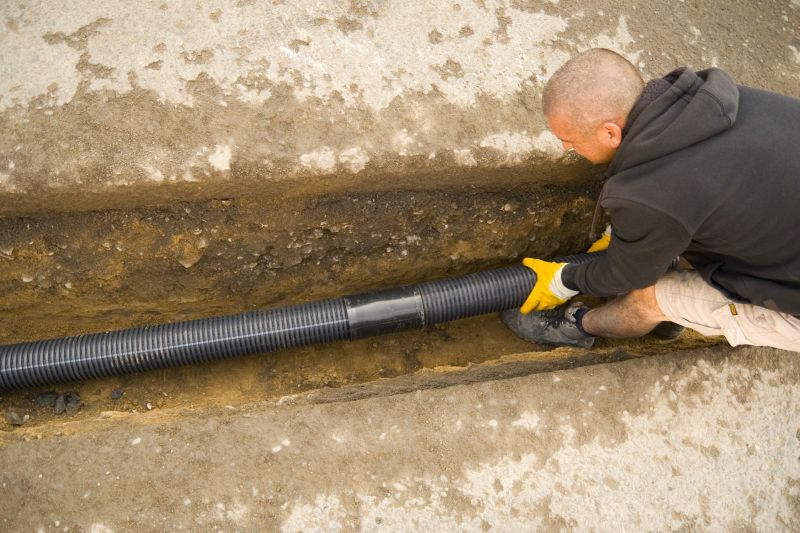
The short, realistic tool list for quality Trench Drain Installations.

Rough timing from prep to clean-up for Trench Drain Installations.

Quick checks and paperwork to keep after Trench Drain Installations.
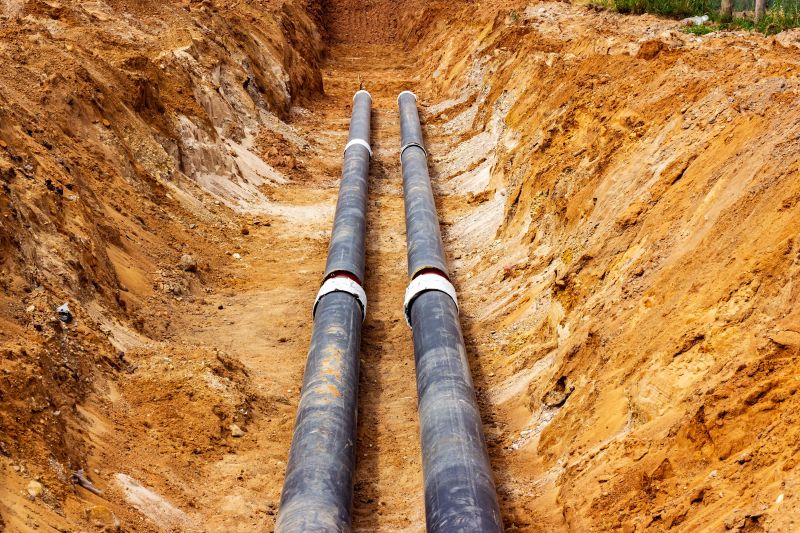
Examples that show the impact a good Trench Drain Installations can make.
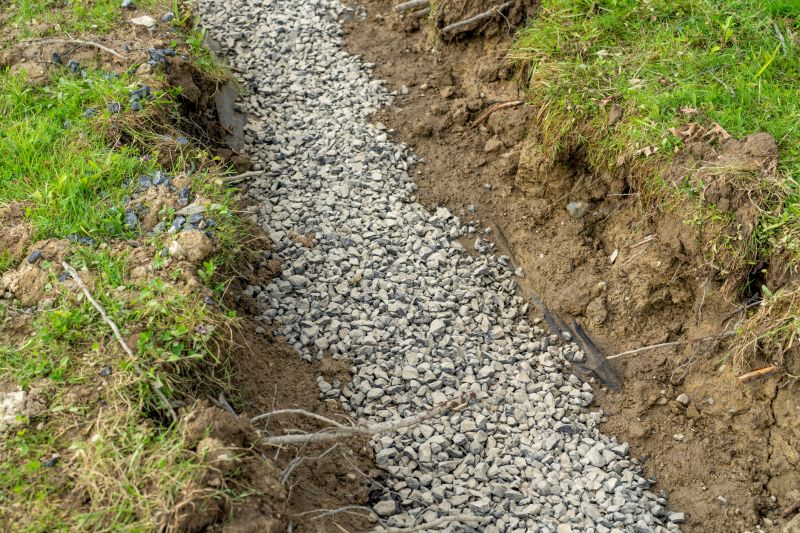
Ways to make Trench Drain Installations work in tight or awkward layouts.

Ways to make Trench Drain Installations work in tight or awkward layouts.
Interested parties can contact to discuss project timelines and scheduling options for trench drain installations. Proper timing ensures optimal results and long-term functionality of drainage systems.



